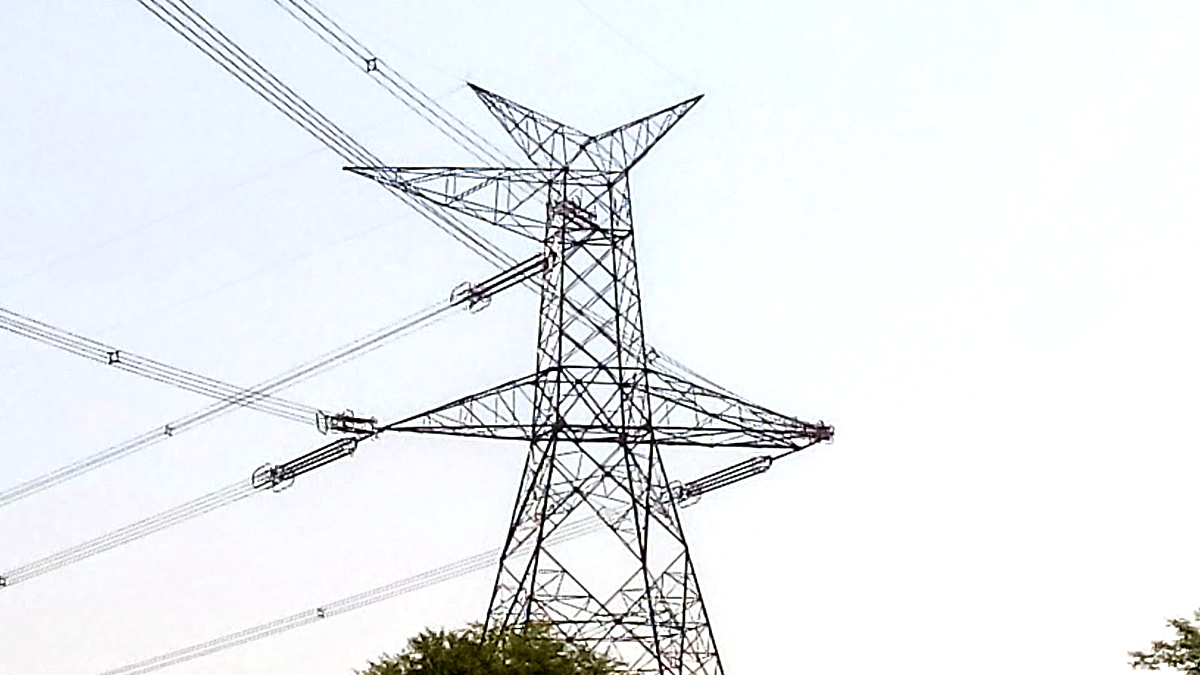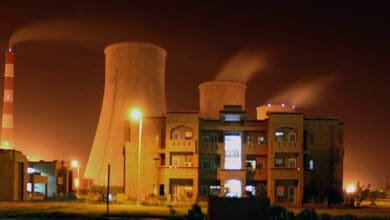The Union Budget 2025 marks a major step to strengthen India’s civil nuclear power sector. It aims to enhance energy security, reduce fossil fuel dependence, and support the country’s goal of carbon neutrality by 2070. This expansion introduces key reforms that will transform the industry. It will boost economic growth, clean energy adoption, and global partnerships, especially with the United States under the US-India Civil Nuclear Agreement. This strategic shift also has significant geopolitical implications, particularly for Pakistan and China. It will shape regional stability and position India as a leader in sustainable nuclear energy.
A key highlight in the Union Budget 2025 is the proposed amendment of India’s nuclear liability laws. These changes aim to unlock foreign investment in India’s nuclear sector. The government plans to revise the Civil Liability for Nuclear Damage Act (2010) and the Atomic Energy Act (1962) to align with global standards. These amendments address long-standing concerns of international nuclear firms. India’s stringent liability clauses have deterred global suppliers from providing advanced nuclear technology and equipment. By creating a more investment-friendly legal framework, India aims to attract major international players, fostering technological collaboration. This will accelerate clean energy growth and strengthen India’s position in the global nuclear industry.
The Union Budget 2025 provides a significant boost to India’s nuclear energy sector. ₹20,000 crore will be allocated for nuclear research and infrastructure expansion. This investment will support the development of next-generation nuclear reactors, including Small Modular Reactors (SMRs), known for their enhanced safety and efficiency. The government has set a roadmap to increase India’s nuclear power capacity to 20 GW by 2032. The target is to reach 100 GW by 2047. This expansion will enhance India’s energy security by reducing reliance on coal and oil. It will also accelerate progress toward clean energy and carbon neutrality.
Budget also aims to revive the US-India Civil Nuclear Agreement, signed in 2007 but stalled due to regulatory hurdles. This agreement allowed India access to nuclear technology and fuel from the US and other suppliers, despite not being a signatory to the Nuclear Non-Proliferation Treaty (NPT). Progress has been slow due to India’s stringent nuclear liability laws. These laws have deterred US companies from investing in India’s nuclear sector. The proposed amendments in the budget could eliminate these legal barriers. This would open the door for American firms to invest in and collaborate on nuclear power plant development in India.
If the regulatory hurdles are resolved, the US-India civil nuclear partnership could regain momentum. This collaboration would enable the construction of advanced nuclear reactors based on US designs. It would significantly enhance India’s power generation capacity while deepening ties between the two largest democracies. Amid rising Indo-Pacific geopolitical tensions, the United States views India as a key partner. Strengthening US-India nuclear cooperation aligns with broader strategic goals. This partnership will extend beyond energy, into defense, trade, and technology, positioning India as a global leader in civil nuclear energy development.
India’s nuclear energy expansion brings significant economic and strategic benefits. However, it also has serious geopolitical implications, especially in South Asia. Pakistan, India’s long-time rival, may view these developments with suspicion. Despite India’s nuclear program being strictly civilian, the expansion of its nuclear infrastructure could be seen as strengthening India’s overall nuclear capabilities. Given the historical security tensions between the two nations, Pakistan may perceive India’s growing nuclear power sector as a shift in the strategic balance. This could intensify regional rivalries and security concerns.
Pakistan has long depended on China for its nuclear energy needs, with Beijing assisting in the construction of nuclear power plants in Karachi and other cities. If India successfully attracts US investment and technological support, it could widen the technological and energy gap between the two South Asian neighbors. This may prompt Pakistan to seek additional support from China or other nations to maintain its nuclear energy capabilities. Furthermore, Pakistan may raise concerns at international forums, arguing that US support for India’s nuclear expansion disrupts regional stability. However, given India’s commitment to global non-proliferation norms and its adherence to IAEA guidelines, such objections are unlikely to gain significant global support.
On the other hand, China has its own strategic concerns regarding India’s nuclear energy growth. As a regional power with an extensive nuclear energy program, China has closely monitored India’s nuclear advancements. Beijing may view India’s nuclear energy expansion as part of a broader strategy to strengthen energy independence and long-term capabilities. Additionally, the potential for increased US-India nuclear collaboration could be seen as part of Washington’s strategy to counterbalance China’s growing influence in the Indo-Pacific. This development may lead to heightened competition between India and China in nuclear energy and regional geopolitics.
China has been aggressively expanding its nuclear energy infrastructure. It has invested heavily in nuclear projects across countries involved in its Belt and Road Initiative (BRI). If India attracts significant Western nuclear investments, it could emerge as a regional competitor in nuclear technology and energy supply. In the long run, India’s advancements in nuclear energy could position it as a key player in global nuclear technology exports. This could challenge China’s dominance in the sector. Such a shift could alter nuclear energy markets and reshape both regional and global energy landscapes.
While the expansion of nuclear power in India presents numerous opportunities, it also poses significant domestic challenges. Public concerns about nuclear safety remain high, especially after accidents like the Fukushima disaster. The Indian government must take proactive steps to ensure that nuclear expansion meets the highest safety standards. Transparency is crucial for building public confidence in nuclear projects. Furthermore, effective nuclear waste management will be essential to prevent environmental hazards and ensure long-term sustainability.
Balancing nuclear expansion with renewable energy investments will also be key for India’s energy future. While nuclear power offers a reliable, low-carbon alternative to fossil fuels, India has been aggressively pursuing solar and wind energy as part of its broader climate commitments. The challenge for policymakers will be ensuring that nuclear energy complements, rather than competes with, the country’s renewable energy goals. Integrating nuclear power into India’s clean energy strategy will enable the nation to achieve a diverse and sustainable energy mix, supporting energy security and carbon reduction targets.
The Union Budget 2025 marks a turning point for India’s nuclear power sector. With key policy reforms, increased investment and a favourable environment for foreign collaboration, the government is positioning nuclear energy as a vital part of the nation’s energy strategy. The revival of the US-India Civil Nuclear Agreement could unlock significant opportunities for bilateral cooperation. This move strengthens India’s role in global energy markets, reinforcing its commitment to sustainable nuclear power and clean energy growth.
These developments will profoundly impact regional geopolitics, especially in relation to Pakistan and China. As India expands its nuclear sector, it will need to navigate complex international diplomacy, domestic safety concerns and environmental sustainability. If managed effectively, India’s nuclear energy ambitions could redefine its role as a global leader in clean energy development. By balancing strategic, economic, and environmental goals, India can strengthen its position in the global energy landscape, playing a pivotal role in the global energy transition.













